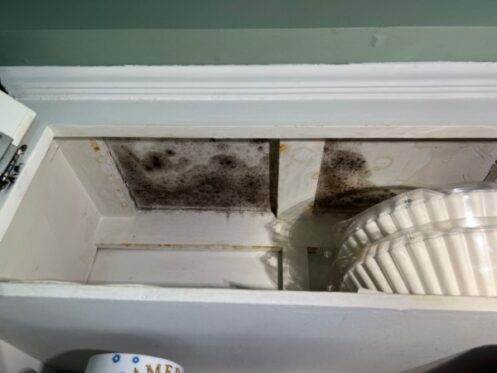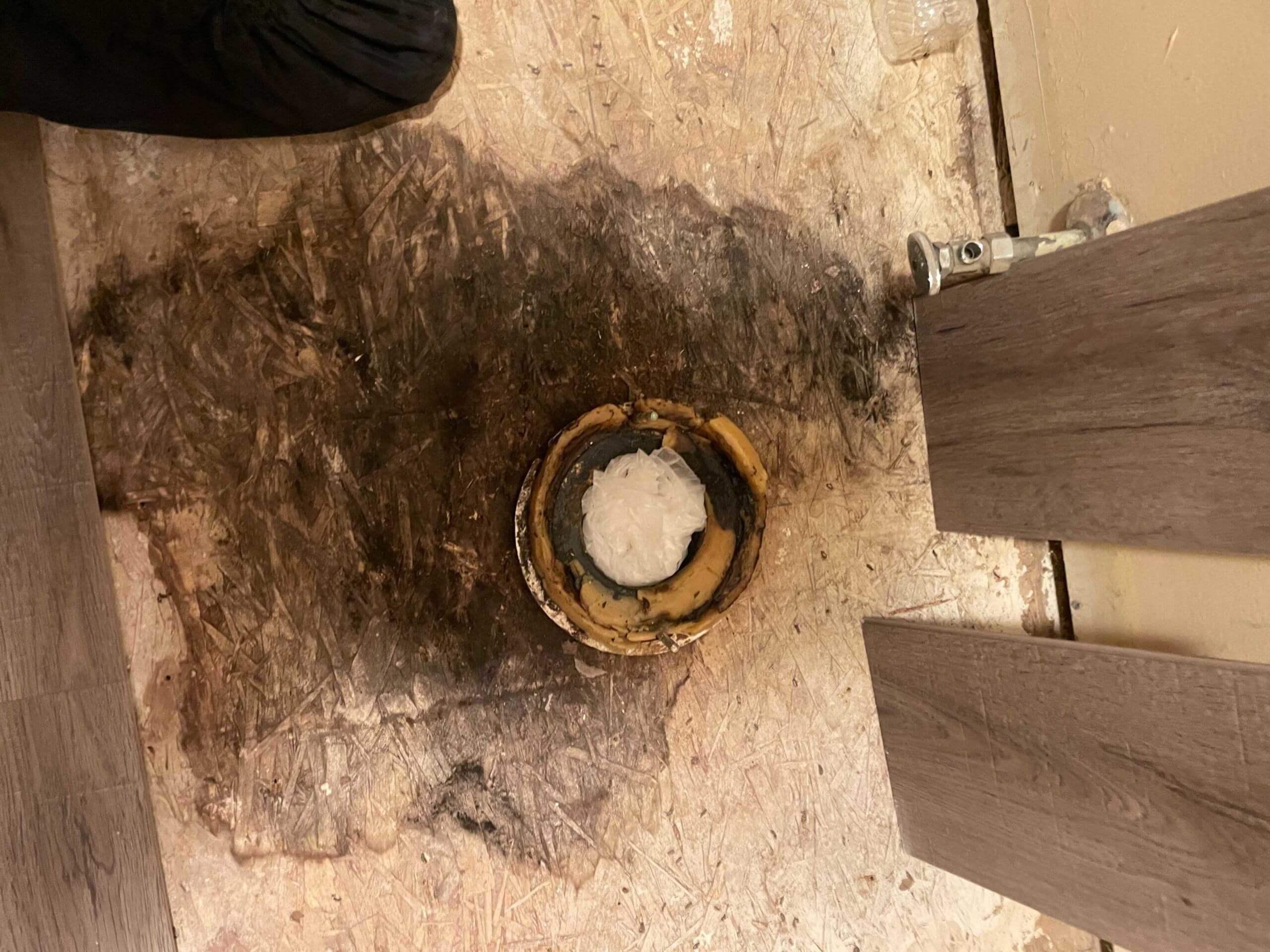For many homeowners, “You have mold,” is one of the most dreaded things they can hear. Mold has a reputation for being very hazardous, hard to clean up and difficult to get rid of. However, modern technology makes mold a little easier to deal with. One of the most popular ways of dealing with mold is by managing humidity levels.
Should You Be Worried About Mold?
A lot of people make the mistake of thinking that mold is no big deal. Especially if it is somewhere out of sight and out of mind, like under the kitchen sink, homeowners are likely to ignore it. However, some types of mold can be dangerous. Even fairly mild types of mold are a problem indoors because they release spores that you end up inhaling in concentrated levels. At the very least, mold can cause respiratory irritation, itchy eyes, a sore throat and headaches.
Some types of mold, like Stachybotrys chartarum, are even worse. They can cause people to develop a chronic cough, a runny nose and a skin rash. There are also types of mold that can trigger other issues like asthma. Some can make a condition like a cold worsen. In cases of extensive exposure to toxic mold, people may deal with nausea, vomiting and bleeding lungs. Therefore, it is very important to take mold seriously.
The Link Between Humidity and Mold
Mold is technically a type of fungus. This substance can grow on any sort of organic material, including drywall, wallpaper, carpet, fabric and wood. Unlike plants, mold doesn’t need fertilizer, sunlight or dirt. All it needs to flourish is moisture and oxygen. All types of mold are humidity-loving organisms. The damper the air, the easier it is for them to grow.
This is where dehumidifiers come in. Dehumidifiers help to suck moisture out of the air, making it significantly drier. Some work by heating the air while others absorb moisture directly from the it. The right dehumidifier can create a climate that mold is incapable of growing in. Without favorable growth conditions, the fungus is unable to spread.
Will a Dehumidifier Kill Mold?
If you have an active mold infestation, keep in mind that a dehumidifier alone won’t be enough to remove it. Ultimately, dehumidifiers stop mold from growing. However, they do not kill actual mold spores. When humidity drops, mold spores go dormant, but they usually stay alive. This can be a problem because you can still breathe in the dormant spores and get sick. Furthermore, if your humidity starts to increase again, mold will quickly appear once more.
Therefore, dehumidifiers are more of a preventative tool than an overall solution. If you have mold, you need to clean up the existing fungus. Depending on the type of mold, professional remediation might be necessary. Any leaks or sources of condensation will also need to be fixed since they can add more moisture than a dehumidifier can remove. Using a dehumidifier alongside these steps is enough to stop the root cause of the outbreak and keep more mold from growing in your home.
What Humidity Level Prevents Mold Growth?
When the humidity is too high, mold starts to grow. There are all sorts of reasons for a house to have excessive indoor humidity. In some cases, humidity is high just because of the way the house was constructed. If the house is built at a lower level or if it has walls that trap pockets of cold air, condensation can gather. Some people can also cause issues with their humidity because of things like taking hot, steamy showers all the time. Finally, high humidity can occur because of flooding, leaking roofs and burst pipes.
Every home has at least some humidity. In fact, too little humidity can cause breathing issues for homeowners. Conditions are more likely to result in mold if the relative humidity gets above 60%. At this level, you have accidentally created the ideal climate for mold inside your home. To prevent mold, you need your humidity somewhere below this threshold, but to stay comfortable inside, you’ll want the humidity above 30%. Different homeowners have different preferences, but somewhere in the 30-50% range is often ideal.
How to Tell If You Need a Dehumidifier
Not every house needs a dehumidifier. Typically, whether you need one depends on where you live and how your house is built. Of course, any indication of a mold outbreak is a sign that it’s time to invest in a dehumidifier. If you notice dark patches on your walls or cabinets, you are probably dealing with mold. Green, pink or grey discolorations can all be symptoms of mold, and they’re usually accompanied by a strange or musty smell.
Even before mold shows up, it is possible to recognize signs of excessive humidity. First of all, take a look at your windows. If they frequently fog up or have moisture dripping down the sides, you might need a dehumidifier. Some people may notice high humidity because they feel that the air is clammy or muggy.
You can also try this simple test of relative humidity. Get a clean, room-temperature glass, and put three ice cubes in it. Add water and stir. Wait for about four minutes. Look at the glass to see if moisture is on the outside. A lack of any moisture means your air is dry, while beads of water mean your humidity is too high.
Explore Your Dehumidifying Options
If you want a dehumidifier, you have different kinds to choose from. The most basic type is a desiccant dehumidifier. This device contains a material such as silica gel that absorbs moisture. Once the material sucks up water, you throw it away and replace it. Another type is a refrigerant dehumidifier. It pulls air over an evaporator coil and causes moisture to condense out of the air. These are pricier but more reliable and effective in the long run.
You also need to look at potential dehumidifier sizes. Some people like smaller dehumidifiers that just take care of a single room. This can be a good choice if you have an issue like a damp basement. However, in most cases, a whole-house dehumidifier is more effective. This removes humidity as it cycles through your HVAC system, so you can ensure every room is dehumidified. A final option is an industrial-strength dehumidifier for emergencies. These work well when your humidity is normally fine but you are dealing with flooding or a leak. This powerful dehumidifier can suck away moisture and keep mold from growing in the damaged part of your home.
Pur360 is here to help those dealing with mold problems. Our remediation specialists can locate and permanently remove mold. We also assist with a variety of other issues such as odor removal and smoke cleanup. With offices conveniently located in Florida, Texas, Illinois, and Wisconsin, we serve a wide range of customers. Give our location near you a call today to learn more about our services.



